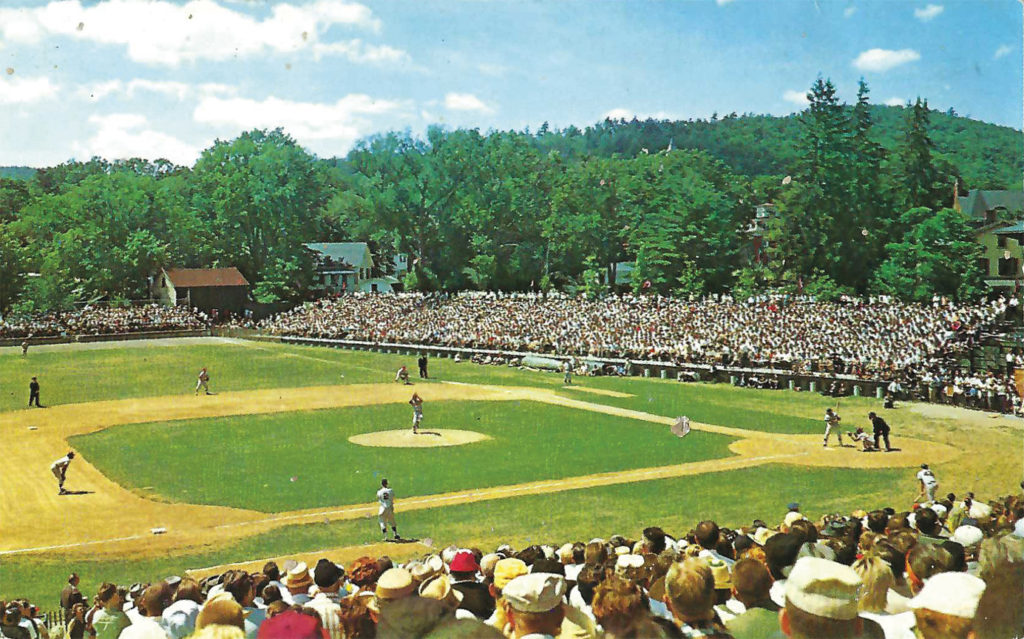
Michael Bushnell
Publisher
Doubleday Field in Cooperstown, New York, named for baseball’s founder Abner Doubleday, is our next stop as we tour the fields that contribute heavily to the history of America’s national pastime, baseball.
Constructed in 1919 on what used to be a cow pasture that belonged to local farmer Elihu Phinney, the location traces back to the actual founding of the game in Cooperstown by Doubleday back in 1839.
In 1905, the city of Cooperstown appointed the Mills Commission to determine the origin of baseball. According to the testimony of Abner Graves, a schoolmate of Abner Doubleday, Graves was present when Doubleday initiated rule changes to what he then referred to as “town ball.”
The committee’s final report, on Dec. 30, 1907, stated, in part, that “the first scheme for playing baseball, according to the best evidence obtainable to date, was devised by Abner Doubleday at Cooperstown, N.Y. in 1839.”
In 1916, National League President John Tener visited Cooperstown to see the pasture in which baseball was said to have been founded. During that visit, Tener said the field ought to be preserved as a memorial to Doubleday.
In June 1919, Cooperstown’s Chamber of Commerce Playground Committee secured a lease from Phinney for the use of the ground as a baseball diamond for a period of two years. An immediate appeal went out to the townspeople for volunteer labor in order to bring the field into shape for games to be played that summer.
On Sept. 6, 1920, Doubleday Field officially opened. The first game was between Milford and Cooperstown. John Heydler, president of the National League, was the home plate umpire for the first inning.
In 1924 a wooden grandstand was added and a capital campaign was undertaken in 1926 and 1927 to purchase additional parcels of the lot in order to expand the footprint of the field.
During the Great Depression, a number of upgrades were done to the field under the Works Progress Administration that included the expansion of the field area to regulation size, grading and landscaping the entrance to the field and the addition of more bleachers, increasing the seating capacity to roughly 10,000.
All of this work was completed just in time for the celebration of the centennial of baseball in Cooperstown in 1939 that also coincided with the dedication of the National Baseball Hall of Fame and Museum, as well as the playing of the 1939 All Star Game.
Thanks to the popularity of the ’39 All Star game, an annual Hall of Fame game was established in 1940 as an in-season exhibition game between two major league teams.
The Hall of Fame game has featured such baseball icons as Ted Williams, Hank Aaron, and Mickey Mantle hitting “round-trippers” inside the compact confines of the park.
The field is owned and operated by the village of Cooperstown and plays host to over 350 ball games each year.
The Chrome-style postcard spotlights an actual Hall of Fame game and was published by Daniel A. Blacksmith. It was mailed in 1989 to Mrs. and Miss Maletto by Melissa. Melissa was apparently engaged in a number of vacation activities, none of which, sadly, judging by her note, involved baseball.



















